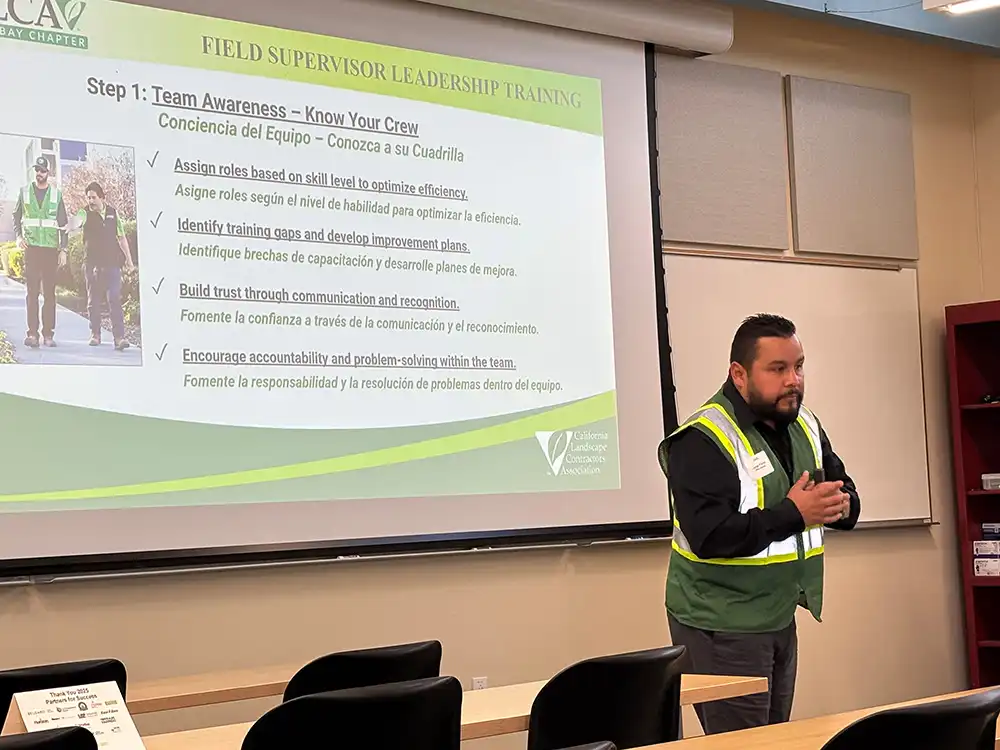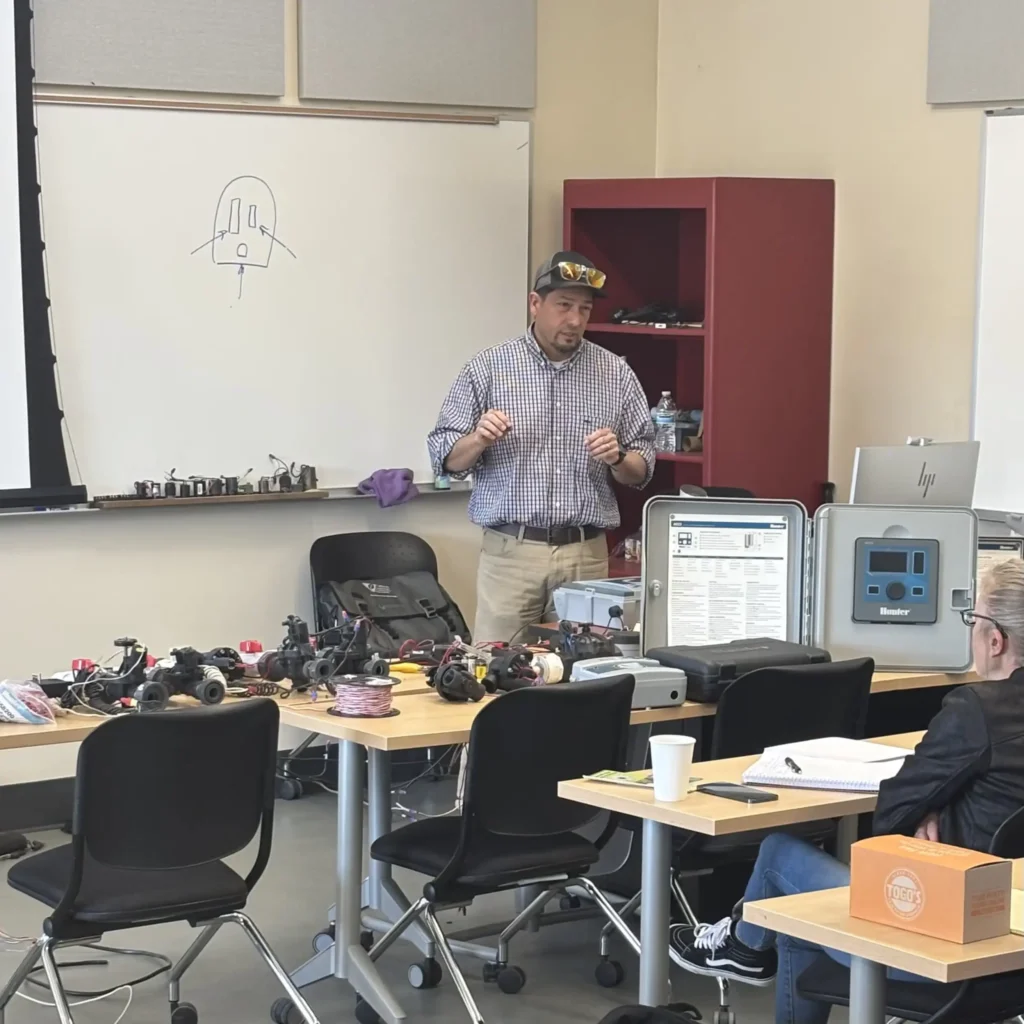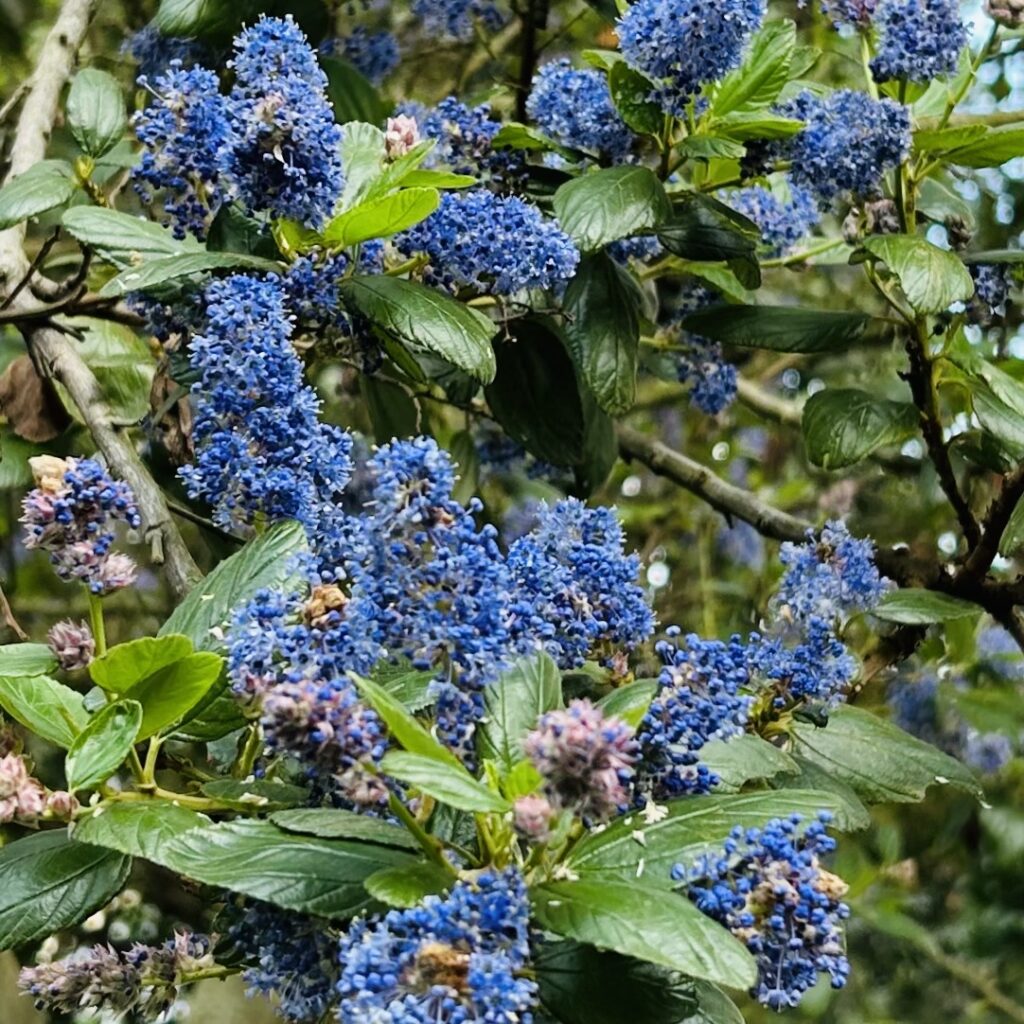- Tree Sculpture Group
- Company News
Here’s the April update from our CLCA East Bay Chapter President, Cassidy Lundin. He shares a few reflections on leadership, the road ahead, and staying grounded through a busy springplus an invite to the April 26th social at Plank. Check it out below! I’d like to begin by extending a big thank you to everyone who attended our Field Supervisor Leadership Training on March 20th. It was wonderful to see such strong turnout, highlighting the value our community places on leadership development. Special thanks to our fantastic panelists: …
- Tree Sculpture Group
Here’s the April update from our CLCA East Bay Chapter President, Cassidy Lundin. He shares a few reflections on leadership, the road ahead, and staying grounded through a busy springplus an invite to the April 26th social at Plank. Check it out below! I’d like to begin by extending a big thank you to everyone who attended our Field Supervisor Leadership Training on March 20th. It was wonderful to see such strong turnout, highlighting the value our community places on leadership development. Special thanks to our fantastic panelists: …
- Tree Sculpture Group
Here’s the April update from our CLCA East Bay Chapter President, Cassidy Lundin. He shares a few reflections on leadership, the road ahead, and staying grounded through a busy springplus an invite to the April 26th social at Plank. Check it out below! I’d like to begin by extending a big thank you to everyone who attended our Field Supervisor Leadership Training on March 20th. It was wonderful to see such strong turnout, highlighting the value our community places on leadership development. Special thanks to our fantastic panelists: …





